Picture this: you arrive at a construction site, and the ground is saturated with water, causing project delays.
Understanding efficient water pumping techniques becomes crucial for dewatering such environments and ensuring timely project completion. With a strategic approach, you can optimize dewatering processes and enhance overall productivity.
1. Understanding Water Pumping
Efficient water pumping is essential in construction, mining, and other industries where dewatering is critical for successful operations.
When executed correctly, water pumping can significantly improve project timelines, mitigate environmental impacts, and reduce operational costs. The core concepts of water pumping involve the mechanical movement of water from one location to another, utilizing various techniques and equipment suited to specific job requirements.
By mastering these concepts, you empower yourself to select appropriate pumping systems. This selection process involves understanding factors like the water table, soil type, and project scope.
Such insights equip you to implement targeted dewatering methods, enhancing the efficiency and sustainability of your endeavors. Consequently, your projects will experience fewer delays, optimally allocated resources, and a consistent track record of on-time completions, showcasing the power of effective dewatering techniques.
2. Types of Water Pumps
When considering water pumping solutions, a variety of options are available, each with its unique advantages. Centrifugal pumps are popular choices for their simplicity and efficiency, making them ideal for large-scale dewatering projects where high flow rates are necessary. Conversely, positive displacement pumps offer precise control over flow and pressure, suitable for applications requiring exact pumping conditions. Submersible pumps, capable of operating while submerged, provide versatile and robust solutions for handling dirty water or slurry. By understanding these types, you can strategically select the right pump for your dewatering needs, ensuring optimal performance and project success.
2.1. Centrifugal Pumps
Centrifugal pumps excel in dewatering due to their ability to transport large volumes efficiently. These pumps leverage rotational energy, providing a robust solution for demanding dewatering operations.
With a straightforward design, they provide reliable performance and easier maintenance compared to other types. Their simple construction also translates to cost-effectiveness, reducing operational expenditures.
Centrifugal pumps dominate the market with an estimated share of over 70%, showcasing their widespread adoption.
Optimal dewatering and irrigation involve selecting the right pump and understanding its operation. Centrifugal pumps are effective for high-flow scenarios, maximizing output and ensuring project timelines are adhered to strictly. Therefore, incorporating these pumps into your dewatering strategy can significantly enhance productivity and reduce downtime.
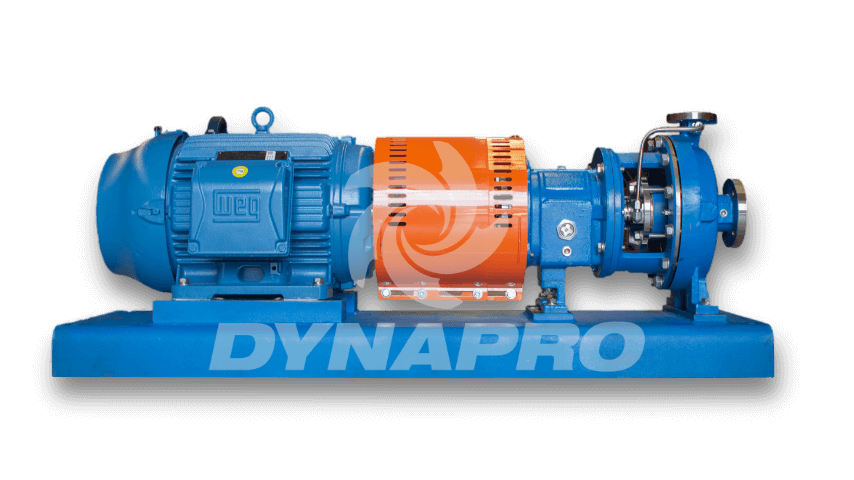
2.2. Submersible Pumps
Submersible pumps are highly effective for dewatering applications, especially in situations where the water level is deep or fluctuating.
- Efficiency: Submersible pumps operate directly in the water, reducing energy consumption and increasing efficiency.
- Installation: These pumps are easy to deploy and install, often requiring minimal setup time.
- Maintenance: They offer low-maintenance operation thanks to their sealed design, which protects them from water damage.
- Versatility: Suitable for a variety of water types, from clean to muddy, making them adaptable to different environments.
By choosing submersible pumps, you harness the advantage of controlled and efficient dewatering.
Submersible pumps can be employed across diverse industries, confirming their adaptability and broad utility.
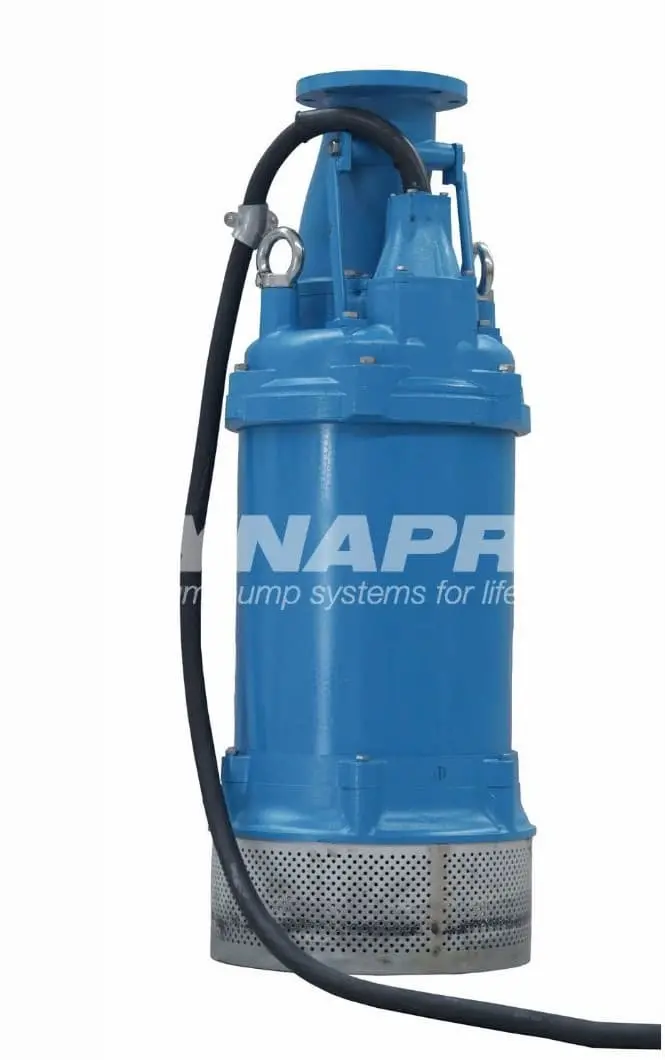
3. Selecting the Right Water Pump
Choosing the appropriate water pump is crucial for achieving long-term dewatering success with minimal effort.
To do this, consider factors like groundwater conditions, pump efficiency, and capacity to establish the best-fit model. This ensures not only operational efficiency but also maximized return on investment.
Terms like “head pressure” and “flow rate” are foundational to understanding the system’s performance.
3.1. Assessing Your Needs
Understanding your dewatering requirements will enable you to select the most effective water pumping solution.
- Site Conditions: Evaluate the groundwater table, soil type, and expected weather conditions.
- Volume: Estimate the amount of water you need to remove.
- Frequency: Determine how often you will perform dewatering tasks.
- Budget: Consider both upfront costs and long-term operational expenses.
- Regulatory Compliance: Ensure adherence to local and environmental regulations.
Analyze these factors meticulously to pinpoint your exact needs.
This comprehensive assessment will guide you in choosing the right pump.
Accurately defining your needs is the cornerstone of a successful dewatering operation.
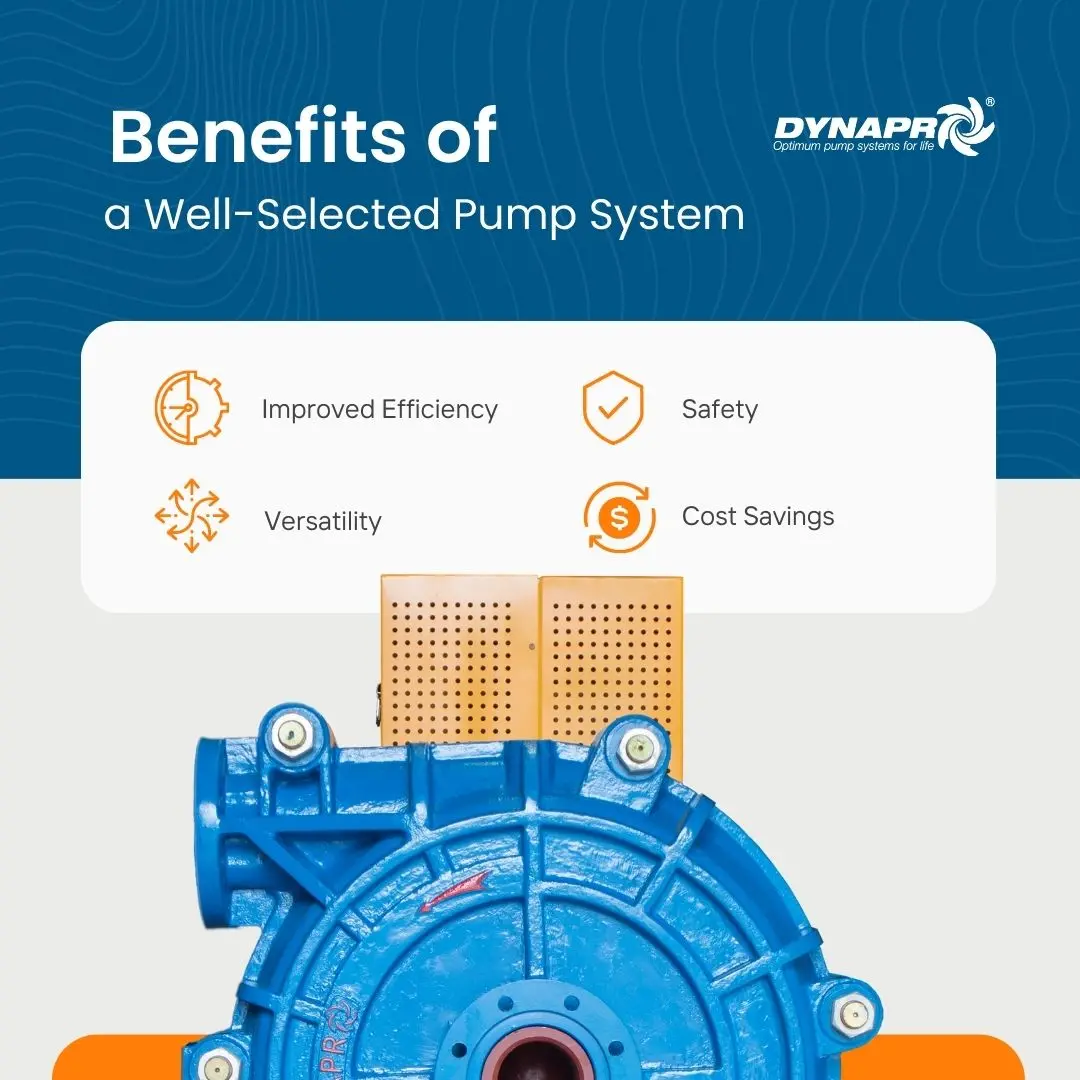
3.2. Comparing Pump Features
When comparing water pumping solutions, it’s essential to evaluate key features that directly impact performance and efficiency.
- Flow Rate: The capacity of the pump to move water, measured in gallons per minute (GPM).
- Head Pressure: The height the pump can raise water, crucial for determining suitability for your site.
- Power Source: Options include electric, diesel, or gasoline engines, each affecting operational costs.
- Durability: Material and build quality, especially when dealing with abrasive or corrosive water.
- Portability: The ease with which you can move the pump, important for mobile dewatering projects.
- Maintenance Requirements: Frequency and complexity of required upkeep to ensure longevity and reliability.
Carefully consider these features to match the pump’s specifications with your dewatering needs.
Understanding these aspects will allow you to make informed purchasing decisions.
A well-chosen pump tailored to your specific requirements ensures optimal efficiency and cost-effectiveness.
3.3. Calculating Water Flow Requirements
To achieve efficient water pumping, you must accurately calculate the necessary water flow requirements for dewatering operations.
Knowing the precise volume of water is essential, as it directly impacts the power requirements and efficiency of your water pumping system.
Accurate calculations enable you to select pumps that meet demand without overspending on oversized equipment or risking underperformance.
To begin, measure the total area and average depth of the water you need to remove. This helps you determine the volume and rate of flow required. By calculating cubic feet per second (CFS) or gallons per minute (GPM), you can make more informed decisions about the pump’s capacity and efficiency. Keep in mind that adding a safety margin to your calculations ensures you are prepared for unexpected increases in water volume.
Water Pump Applications in Mining
Water pumping in mining is critical for maintaining operational efficiency and safety in the field.
- Dewatering: Removes unwanted water from mines to prevent flooding.
- Dust Suppression: Uses water to control dust, enhancing air quality and visibility.
- Ore Processing: Transports slurry and tailings, aiding in material processing and waste management.
- Cooling Systems: Cools equipment and machinery, reducing downtime and wear.
Effective water pumping techniques help ensure uninterrupted mining operations.
Choosing the right pump enhances productivity and minimizes operational risks.
How to select the Correct Materials for your Pump
Selecting the correct materials for your pump involves evaluating the specific liquid being pumped, potential contaminants, and the environmental conditions in which the pump will operate.
Identify the chemical composition of the liquid to avoid material degradation.
Consider abrasive materials that may be present, considering wear factors (especially in mining applications) and abrasion resistance.
Assess temperature ranges and variations to ensure the pump’s materials can withstand thermal stresses, protecting both functionality and longevity.
Evaluate the pump’s material compatibility with your facility’s environmental standards, including any applicable regulations, to ensure compliance.
Focus on materials that offer the best balance between durability and cost efficiency, ensuring they can endure the operational demands and provide a long service life.
In summary, the selection of materials should not only maximize the pump’s performance but also align with your long-term operational goals. Careful consideration renders the best results and enhances equipment reliability.
4. Installation Tips
Proper installation is crucial to maximizing the efficiency and lifespan of your water pumping system. Position the pump on a stable, vibration-free base, ensuring it is level to avoid undue stress. Secure all connections tightly to prevent leaks, and verify that the power supply meets the pump’s specifications.
Adequate ventilation around the pump housing will help dissipate heat, enhancing performance. Additionally, consider installing surge protection to guard against voltage spikes.
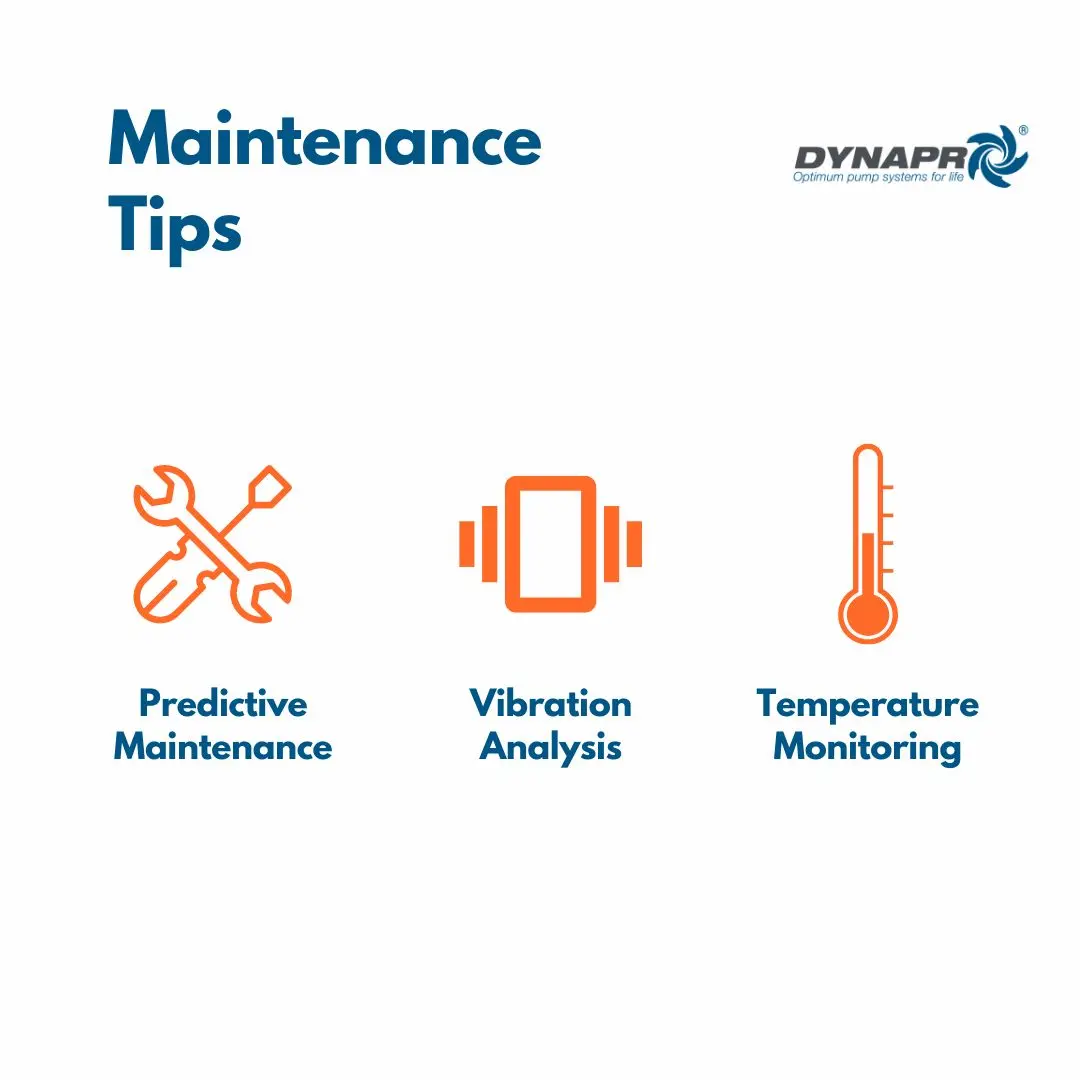
4.1. Site Preparation
Site preparation is the first prerequisite.
Begin with a comprehensive survey of the area. This initial assessment will help you identify any potential challenges or obstacles, such as uneven terrain, underground utilities, or environmentally sensitive zones. Mitigating these issues is key to creating a stable foundation for your water pumping operations.
Remove any debris or vegetation.
Next, focus on constructing a solid base. In many cases, a concrete slab is ideal as it ensures stability and prevents potential subsidence. Make certain that the slab is level and adequately reinforced.
Finally, delineate and secure the site to prevent unauthorized access. This precaution not only safeguards your equipment but also ensures compliance with safety protocols. Adopting stringent site preparation measures can significantly enhance the effectiveness and longevity of your water pumping system.
4.2. Safety Measures
Ensuring safety in water pumping operations requires a systematic approach, prioritizing personnel, equipment, and environmental safeguards. Establishing a robust safety framework mitigates risks and enhances operational efficiency.
Invest in appropriate personal protective equipment (PPE).
Personnel should receive thorough training on equipment usage and emergency procedures. Ensuring familiarity with the system is paramount.
Regularly inspect and maintain all pumping equipment to prevent malfunctions. Adherence to scheduled checks is vital.
Implement safety signage around the dewatering site. Clear instructions help prevent accidents and untrained access.
Emergency shutdown procedures must be clearly communicated and practiced. This ensures rapid response in unexpected situations, safeguarding lives and equipment.
Finally, maintain an updated log of all safety protocols and incidents. Continuous evaluation fosters a culture of compliance and continuous improvement in your water pumping operations.
4.3. Step-by-Step Installation
Careful installation is crucial for efficient water pumping operations and long-term equipment efficacy.
- Pre-Installation Assessment: Evaluate the site for potential hazards and ensure ground stability.
- Equipment Preparation: Assemble all necessary tools and components. Verify that each piece is in optimal condition.
- Foundation Setup: Create a sturdy and level base for the pump installation, using concrete if necessary.
- Pump Placement: Position the pump precisely on the prepared foundation. Secure it firmly to prevent vibrations.
- Pipe Connections: Attach the inlet and outlet pipes, ensuring airtight and watertight seals.
- Electrical Wiring: Connect the pump to a dependable power source following all electrical codes and safety standards.
- Testing Phase: Run initial tests to ensure that all components operate seamlessly. Monitor for leaks or irregular noises.
- Final Adjustments: Make any necessary tweaks to optimize performance. Confirm that all safety features are functional.
Double-check connections and ensure all components align with the manufacturer’s instructions.
Make sure training is provided for operators on the newly installed system.
Adhering to these steps minimizes potential issues and maximizes the longevity and efficiency of your water pumping system.
5. Maintenance and Troubleshooting
Regular maintenance is paramount to ensure your water pumping system operates at peak performance.
You should implement a routine maintenance schedule that includes checking for wear, lubricating moving parts, and inspecting electrical connections. Any signs of irregularities should prompt immediate investigation and correction.
Use the manufacturer’s guidelines and your operational experience to predict and prevent potential issues.
5.1. Regular Maintenance Tasks
Inspect the system for visual wear.
Begin by conducting a thorough visual inspection. This allows you to catch any early signs of wear or damage, which are crucial to address to avoid more severe issues later. Look for any corrosion, pooling water, or signs of leaks. By identifying these problems early, you ensure the continued efficiency and reliability of your water pumping system.
Check for loose connections.
Next, focus on tightening any loose bolts and connections. Faulty connections can lead to performance inefficiencies or, worse, system failures.
Lubricate moving parts regularly.
Ensure all moving parts are properly lubricated – this will reduce friction and ultimately prolong the life of your mechanical components. Adequately lubricated parts are essential for maintaining optimal operational efficiency.
Replace worn-out components proactively. Waiting until parts fail can lead to unscheduled downtime and expensive repairs. Regularly scheduled component replacements ensure your water pumping system remains in excellent condition and ready to perform efficiently when needed.
By adhering to these regular maintenance tasks, you uphold the operational integrity of your water pumping system, mitigate risks, and sustain high performance. Thorough, routine upkeep and proactive care are the cornerstones of a reliable dewatering process.
5.2. Common Problems and Solutions
Addressing common issues in water pumping systems ensures reliability, efficiency, and longevity. Here are a few potential problems and their solutions to keep your system running smoothly.
Cavitation is a frequent issue water pumps encounter. It happens when air bubbles form.
To combat cavitation, ensure your pump’s suction lines are airtight, and intake is submerged.
Clogged impellers reduce water flow efficiency. Inspect and clean them periodically.
Another common problem is overheating, which can stem from inadequate lubrication or clogged vents.
Properly maintaining lubrication levels and regularly cleaning vents prevent overheating, ensuring maximum pump functionality.
Overall, each of these issues can significantly impact your system’s performance. Proactive measures and regular inspections help in mitigating such problems efficiently.
5.3. When to Call a Professional
Sometimes, despite your best efforts, your dewatering system presents challenges that require expert intervention. Recognizing these situations is crucial in maintaining operational efficiency and preventing further complications.
Persistent cavitation issues, despite addressing the basics.
Unresolved overheating problems even after regular maintenance routines.
Frequent clogging of impellers or persistent slowdowns in water flow.
When your water pumping system exhibits erratic behavior, requiring more frequent attention.
Additionally, utility companies often have regulations, requiring professional certification in specific repair scenarios, ensuring compliance and safety.
Remember, not every issue signifies you haven’t done enough. Expert comprehension ensures your dewatering system operates robustly.

6. Energy Efficiency in Water Pumping
Maximizing energy efficiency in water pumping systems is paramount for reducing operational costs and minimizing environmental impact. Utilize high-efficiency motors, variable frequency drives, and well-maintained equipment to achieve optimal performance.
Regularly auditing your system can also uncover potential inefficiencies, enabling proactive measures to enhance energy savings.
6.1. Choosing Energy-Efficient Models
When selecting energy-efficient models, prioritize those that maximize operational efficiency and reduce environmental impact.
Consider models that incorporate advanced technology such as high-efficiency motors and variable frequency drives, which regulate the pump’s speed according to demand, thus lowering energy consumption significantly. Manufacturers’ specifications will often detail these efficiency features, allowing you to make informed decisions.
Additionally, look for pumps with a proven track record of reliable performance. By examining performance reviews and seeking expert recommendations, you can avoid models that seem efficient on paper but fail under real-world conditions.
Finally, assess the potential return on investment by calculating long-term savings on energy costs. Though energy-efficient pumps may require higher initial investments, the reduction in ongoing energy expenses and environmental benefits can substantially outweigh these upfront costs, ensuring sustainable and cost-effective operations.
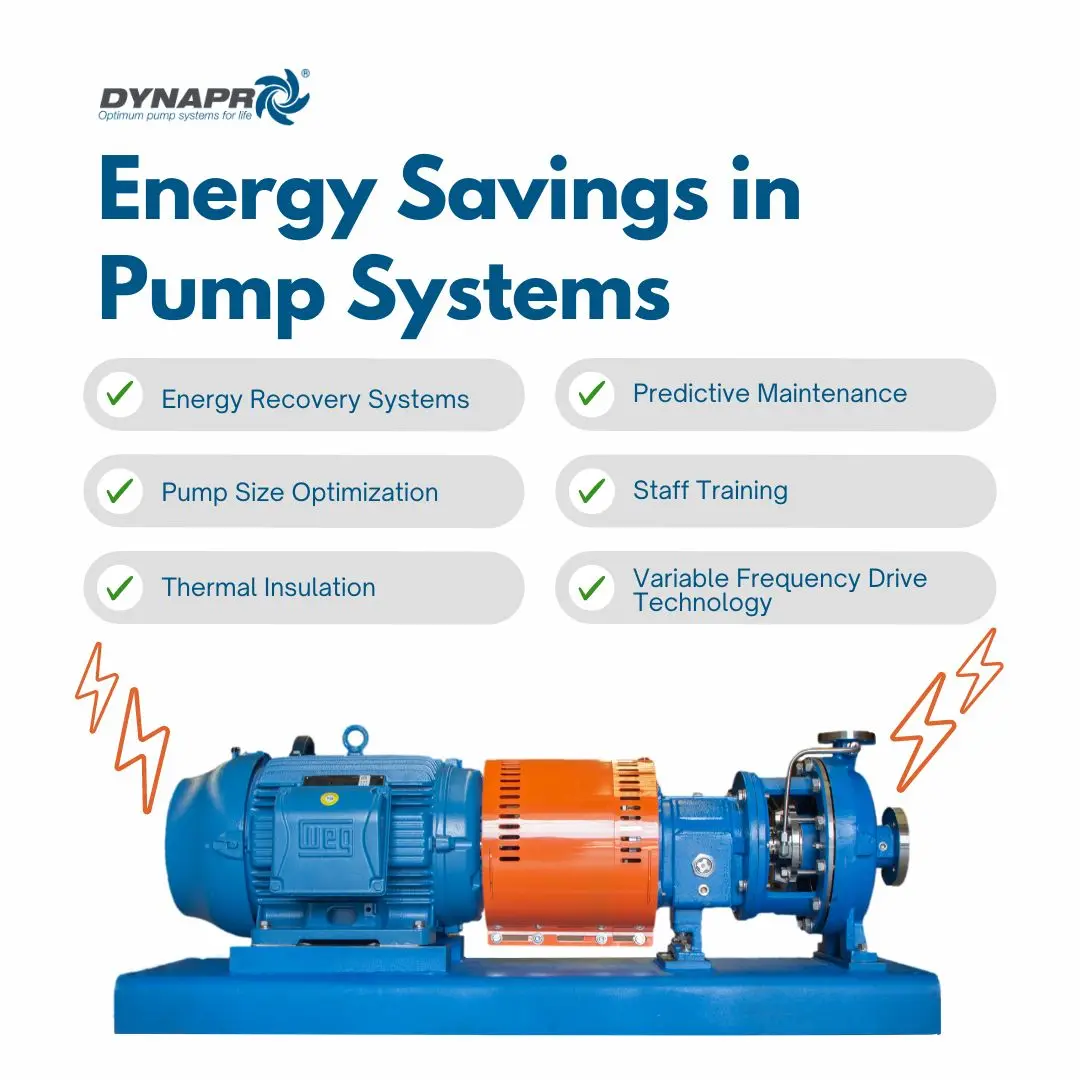
6.2. Operational Best Practices
Effective water pumping operations hinge on careful planning, routine maintenance, and constant monitoring to ensure peak performance.
Firstly, to maximize operational efficiency, establish a comprehensive maintenance schedule that addresses all components of the water pumping system. Regular inspections and timely replacements of worn-out parts can prevent unexpected downtimes and enhance the longevity of your equipment.
Secondly, ensure your team is thoroughly trained on the specific water pump models in use. By understanding the intricacies of each pump, your operators can diagnose and troubleshoot potential issues swiftly and efficiently, thereby minimizing operational disruptions.
Finally, utilize advanced monitoring systems that provide real-time data on pump performance. These systems can alert you to fluctuations in pressure, flow rate, and other critical parameters, enabling proactive adjustments and preemptive maintenance, thus ensuring uninterrupted dewatering operations.
6.3. Monitoring Energy Usage
Monitoring energy usage is essential for optimizing the efficiency of your water pumping systems.
In 2016, energy consumption in industrial water pumping accounted for a significant portion of operational costs, highlighting the need for effective energy management.
Today, it’s not just about minimizing costs; today’s objectives include reducing carbon footprints and aligning with sustainability practices to achieve both economic and environmental benefits.
Constantly track energy consumption data, reviewing it for anomalies that might indicate inefficiencies. Using smart meters, you can monitor real-time usage patterns, identifying opportunities to retrofit or upgrade where necessary.
Implementing these strategies will lead to substantial savings and improved operational sustainability for your water pumping operations.